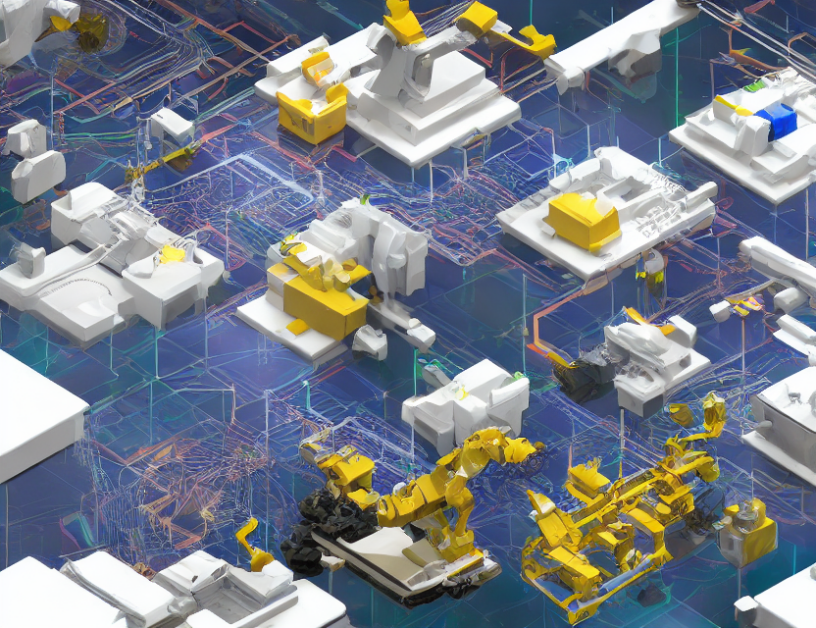In this article, we explore the concept of autonomous systems in computer-aided medical procedures. Autonomous systems are like co-pilots, working alongside human operators to improve accuracy and repeatability in medical procedures. By sharing autonomy with clinicians, these systems can take advantage of both the strengths of robots and humans.
Shared Autonomy
The idea of shared autonomy is like a symphony orchestra, where different players work together to create a beautiful melody. Each player has their unique role, but they all come together to create something amazing. In this case, the autonomous system and clinicians play different parts, working together to achieve a common goal.
Advantages
Using shared autonomy in computer-aided medical procedures can bring several benefits. Firstly, it can improve accuracy by reducing the chances of human error. Secondly, it can speed up procedures, making them more efficient. Lastly, it can help reduce radiation exposure to patients during imaging.
Future Tests
While this concept shows promise, there are still some challenges to overcome. More tests on real patients are needed to fully understand the clinical constraints and advantages of shared autonomy in computer-aided medical procedures. This is like a pilot study that helps us understand how an airplane will perform before we take it to the skies.
Conclusion
In conclusion, autonomous systems with shared autonomy have the potential to revolutionize computer-aided medical procedures. By working together with clinicians, these systems can improve accuracy and efficiency while reducing radiation exposure to patients. While there are still challenges to overcome, the future of medicine looks bright with this innovative approach.



